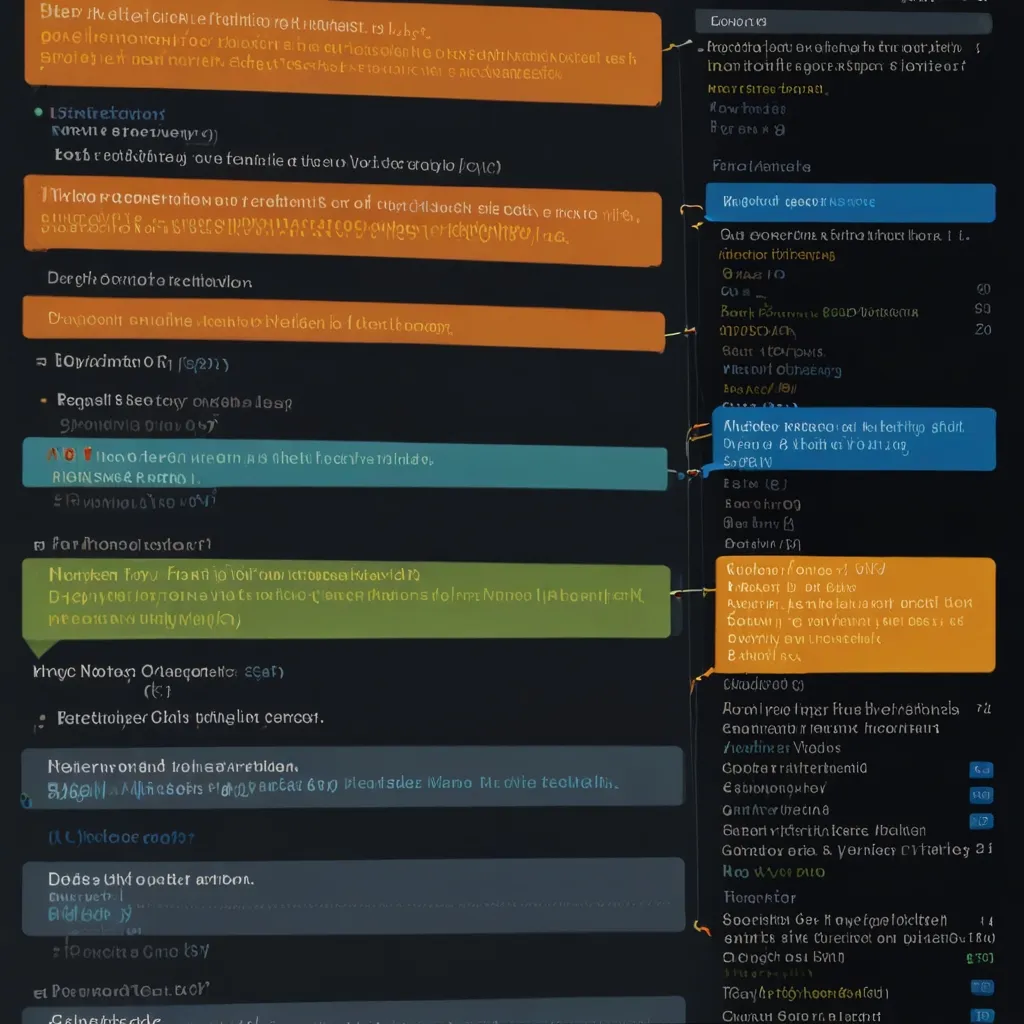Cracking open the world of disassembler frameworks can feel like stepping into a spy film: there’s intrigue, complexity, and the satisfaction of uncovering secrets hidden deep within. Today, we’re diving into Capstone, a sophisticated disassembler framework designed to support multiple architectures. It’s like having a Swiss Army knife in the wild territory of programming, allowing you to unravel binary code across platforms with flair.
Imagine you’re working with a plethora of programming languages, from C and Python to Java and Golang. Each language wields its own quirks and syntaxes, much like dialects in a linguistic tapestry. Capstone comes in like the universal translator of this realm. With its capabilities, developers can dissect machine code from various processors, whether it’s ARM, ARM64, MIPS, or others. For anyone who appreciates the elegance of binary, this tool is heaven-sent.
Let’s talk usage. Why does a developer need a disassembler like Capstone in their toolkit, and how does it become a game-changer? Imagine you’re tasked with vulnerability assessments; understanding the raw assembly code of a software can unveil vulnerabilities that would otherwise remain cloaked. Whether you’re patching software or securing systems, the detailed insight gained through disassembly can be pivotal. It’s akin to having X-ray vision for code.
In this tech narrative, Capstone stands out with its sleek design and user-friendly API. Even as a beginner, you can dip your toes into its vast ocean without drowning. Picture this: you’re writing a piece of code in Python, and with a simple installation of Capstone, you morph your desktop into a decoding powerhouse. Here’s a taste of how Capstone simplifies code disassembly in Python. You begin by installing the Capstone library, and once you’re all set, an adventure into disassembly begins with just a few lines of code.
from capstone import *
CODE = b"\x55\x48\x8b\x05\xb8\x13\x00\x00"
md = Cs(CS_ARCH_X86, CS_MODE_64)
for i in md.disasm(CODE, 0x1000):
print("0x%x:\t%s\t%s" %(i.address, i.mnemonic, i.op_str))
What just happened? You took the hexadecimal world and turned it into an easily palatable form—simple, right? With Capstone, each architecture speaks its native tongue, yet the framework understands them all. It’s like being a developer-whiz who knows all the languages but constantly comes back to Capstone because it feels like home.
The flexibility Capstone offers isn’t limited to Python alone. With Java, JavaScript, and even Golang, its cross-compatibility gives it an edge over single-platform solutions. Remember, as a developer, universal tools are key allies—they save not just time but often a great deal of sanity. As you bounce from one project to another, it’s comforting to know Capstone’s robust support is just a call away, willing and able to decrypt complexities.
Think of Capstone as the master key that helps you unlock elegant solutions. When working in cybersecurity or reverse engineering, understanding underlying code behavior is imperative. And with cyber threats evolving, the need for such detailed analysis multiplies. Capstone embodies what makes innovative tech frameworks indispensable; it merges functionality with accessibility in a way that’s extraordinarily intuitive.
In another scenario, envision debugging an old piece of C-based hardware firmware. The original code might be long gone; all you have is the compiled binary. Pull up Capstone, and bit by bit, line by line, the binary’s secrets unfold before you, telling a story. This ability to see through the machine’s eyes is what makes the journey rewarding. Developers often find a personal bond with these tools—the hours spent debugging, the thrill of uncovering functionality through sheer analysis.
The tech landscape is ever-evolving, with frameworks like Capstone changing the game. As we explore the coming era, filled with AI, machine learning, and quantum computing, one might ponder how these tools adapt. It’s like pondering the evolution of a classic car in a world now dominated by electric vehicles; will it hold up, or will it transform? With Capstone, its adaptability assures it won’t just survive but thrive, perhaps integrating even deeper with more advanced technologies.
In the world of programming, tools like Capstone bring a rare combination of power and simplicity. They allow developers to dissect and engage with code on a deeply granular level, which is often where the most fascinating aspects lie. In forums and coding communities, the anecdotes abound—Capstone turned a desperate debugging session into a breakthrough, or how it simplified a migration effort across architectures.
So, is there a personal favorite feature or function? The real allure might just be its constant surprises. Much like reading an epic novel with twists and turns, using Capstone feels continuously revelatory. Each session brings new discoveries, and with each line of disassembled code, a deeper appreciation for the intricate ballet of binary instructions emerges.
And there you have it, a deep dive into an essential tool that’s silently revolutionizing how we engage with programming. Whether you’re a seasoned developer, just starting, or a curious observer in the tech wilderness, Capstone is a reminder of how elegant and ingenious human-made tools can be—dismantling layers, one architecture at a time.






